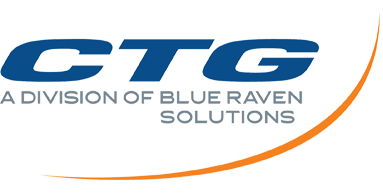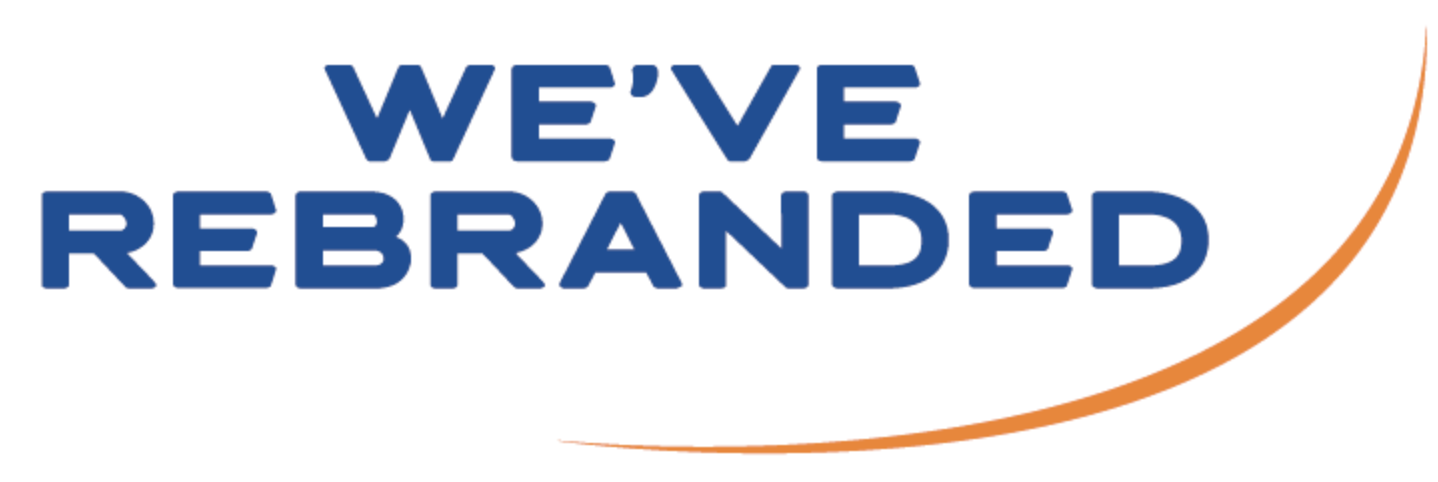
Finding the best solution is a complex task involving numerous factors, including: time available, expected future production and support lifetime, and the expected occurrence of future product developments. It may seem obvious, but the differences are subtly abrupt. Obsolescence management strategies can be categorized within two distinct categories: reactive and proactive.
Reactive Obsolescence Management
There are a number of possible solutions to obsolescence problems after they occur, ranging in complexity from a simple part substitution to a major redesign of a product.
Possible reactive solutions are:
- Finding alternate replacement from a different manufacturer
- Last-Time-Buys (LTB) – buying the components in bulk and store them in inventory for future needs
- Creating a custom component similar to the obsolete one
- Redesign a sub-section or entire product
With a small window of opportunity, even the most viable strategies for mitigating obsolescence in a reactive state can become impractical and could potentially pose a number of threats, including:
- Negative impact on program/fleet readiness
- Counterfeit parts/components proliferate supply systems
- Limited resources reduce operational readiness rates
- Expensive and time consuming re-design
Proactive Obsolescence Management
A proactive approach involves actively tracking a component’s life cycle in order to prevent obsolescence-driven risks such as production delays and expensive redesigns. The availability of these components are monitored and required actions are taken prior to a part’s actual reduction of availability or discontinuance.
This strategy begins with a Bill of Materials (BOM) analysis, identifying and assigning risk grades to each component. Appropriate measures are put in place to prepare for the life-cycle change of a component in the future. Such an approach allows time to dedicate resources, find solutions and predict cost months or years in advance.
Planning ahead and anticipating a component’s End of Life (EOL) can contribute to the following benefits:
- Improved inventory management and reduction in overages
- Counterfeit risk mitigation
- Diminished cost in redesigns and down-time
- More accurate budget allocation early in programs
Obsolescence is most effectively managed when it’s considered from the beginning of product development at the design stage and continues throughout the product life cycle.
Its not going away. Even Legacy Systems with a 15 to 20 year life span are prone to obsolescence because they are outliving the technology turn, and technology has no plans of slowing down.
Budget decreases aren’t helping. In a post war era, budgets decline by as much as 30%, leaving little room for life-time buys and reverse engineering solutions. This simple fact forces a shift from a reactive to proactive approach.
Failing to plan could be devastating. When a project reaches redesign, program managers can find themselves looking at anywhere between $80,000 and $2 million and between 42 weeks and 64 weeks (NRE cost metrics from DMSMS), not including testing and recertifying the entire system.


